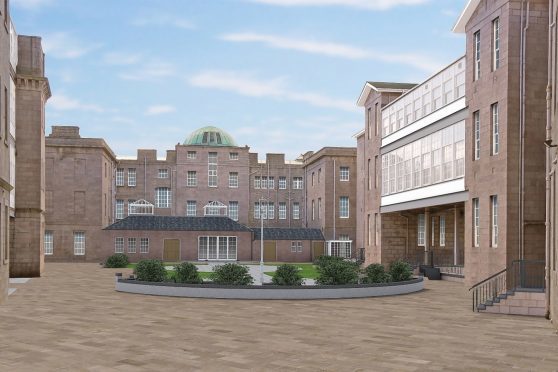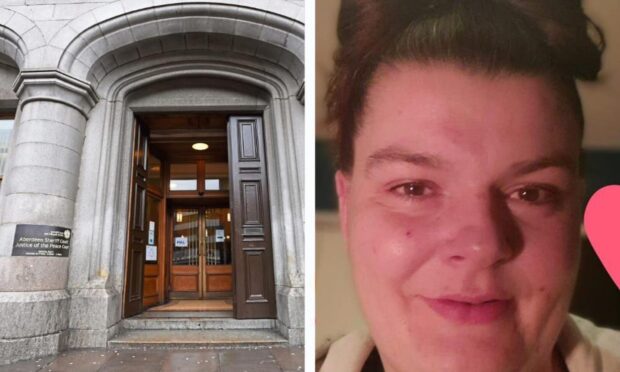A hotel operator has revealed a £10million vision to transform a former hospital, designed by Archibald Simpson, into Aberdeen’s equivalent of Edinburgh’s Scotsman hotel.
G1 group, who already operate the Palm Court in the city, gave evidence to yesterday’s licensing board as they applied to sell alcohol up to 3am at the Simpson Pavilion of the Woolmanhill site.
Speaking to the board, lawyer Archie MacIver of Brunton Miller, said the site was envisaged as “a second Scotsman” and was seeking extended hours for the jazz bar in the basement.
>> Keep up to date with the latest news with The P&J newsletter
The Scotsman hotel in the capital, which is also operated by G1 in what was formerly the national newspaper’s offices, enjoys an enviable reputation among the more luxurious offerings in Edinburgh city centre.
Mr MacIver said: “While the problems with the oil industry are well known, here we have a firm putting their money where their mouth is.”
He added that 75 local jobs were expected to be created.
Building on the original hospital site was begun in 1740, designed by William Christall. But Aberdeen’s most famous architectural son Archibald Simpson designed the Simpson Pavilion in 1833.
The plans to transform four A-listed buildings into a 52-bedroom hotel along with 42 residential apartments have been approved by the council’s planning committee.
Woolmanhill ceased all medical functions in 2017 and CAF construction has confirmed it hopes to begin work on the site early next year.
However, the police had warned the board that the site would technically not be considered as being in the city centre and would deviate from their policy.
A letter from chief constable Ian Livingston, QPM, read: “The premises are not within the city centre as defined in the Board’s Policy and therefore would not ordinarily be entitled to such hours.
“I therefore recommend that such hours should only be granted if the board is satisfied that a specific activity to be carried out on the premises, or within a certain part of the premises, merits a departure from the policy guideline hours.”
But board convener Marie Boulton said it was “across the road” from what was considered the city centre and moved to grant the application.
Councillor Gordon Townson added: “To my mind, the premises is almost in the boundary of the city centre.”
It was supported unanimously.










